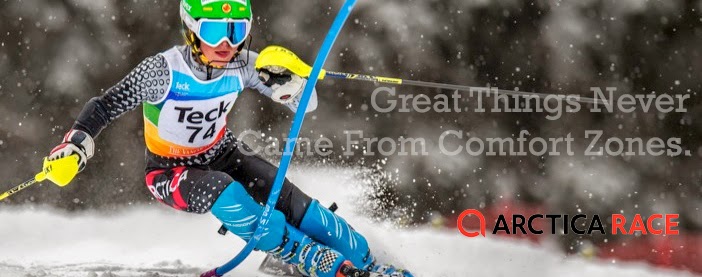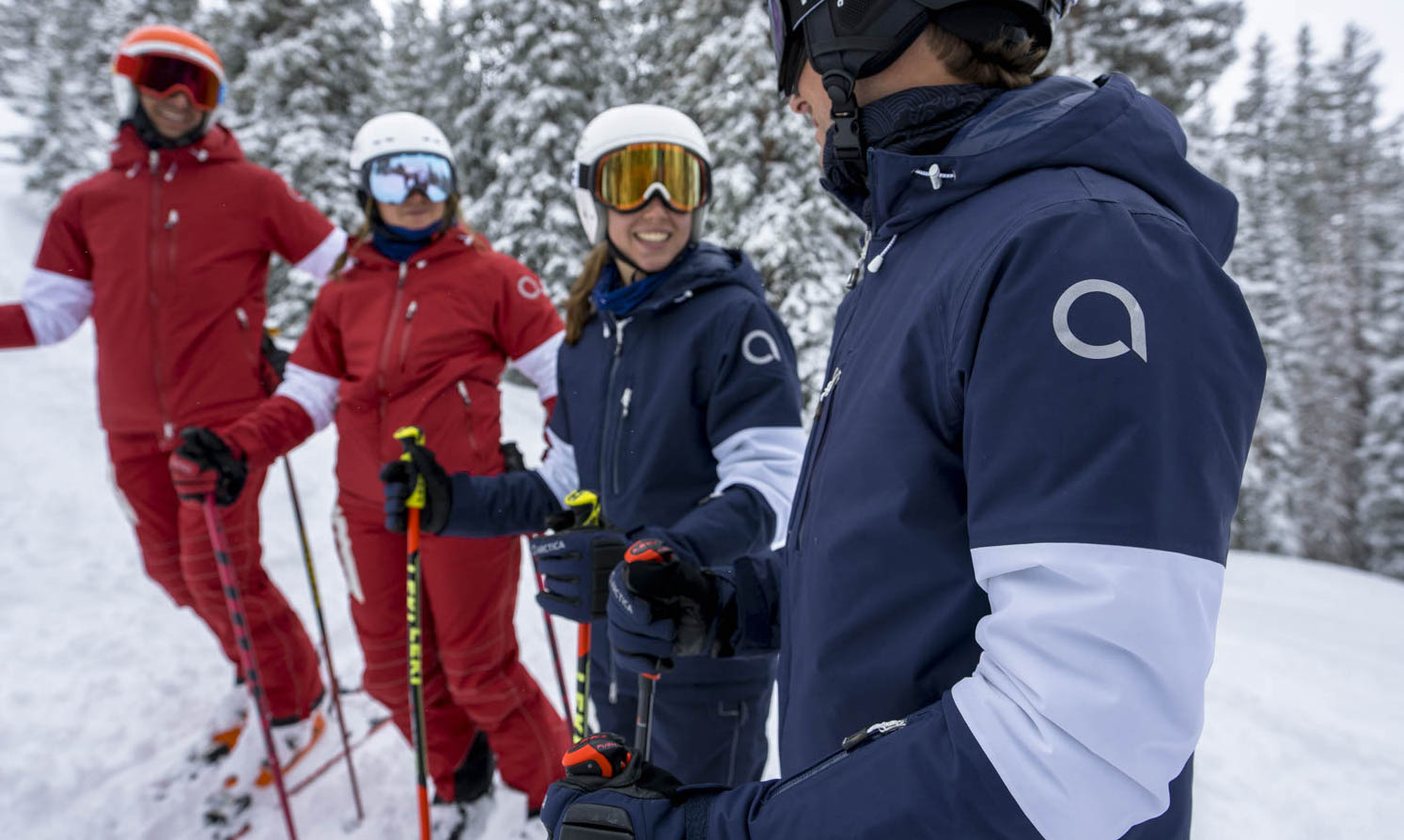Click for the updated version of this article!
Hey, friends. We hope you’re enjoying the balmy heat of midsummer-meaning we hope seasonitus isn’t getting the best of you, and that you’re finding fun activities and good ski racing training to occupy your time. Here’s a timeless article on how to get the greatest and fastest ski tune ever. You know, in case you find your skis staring at you from the closet and you simply can’t help yourself–and you must work on them! (article via Edgewise)
STEP 1- EVALUATION
WHAT: A careful look at the current condition of the skis and an assessment of the true angles of bases and edges.
HOW: Though damage to a ski may be clearly evident, in most cases, the small adjustments that will make a ski perform better can be identified only with a trained eye and careful measurement with a true bar.
WHY: Every pair of skis is different. Also, your skis may not be set at the angles you think they are.
STEP 2- SIDEWALL AND SIDE EDGE WORK
WHAT : Excess material is removed from the sidewall to “shape” the ski. Then the side edge bevel Is set to the specifications of the individual skier.
HOW : Sidewall material is removed using a combination of hand tools. Remaining material is sanded smooth. Side edges are set by hand, using a side edge guide and a file.
WHY: If the sidewall material is not pulled away from the side edge, it will push into the snow while the ski is edging, causing the edge to lose holding power and performance (the same effect as “booting out”). With the material removed, the ski knifes through the snow with more power. Also, removing sidewall material makes it easier to properly maintain skis because it will not get in the way of the file when setting side edge angles.
STEP 3- FLATTENING
WHAT: Every pair of skis that comes in the shop is ground FLAT. On a truly flat ski, the base material and the base edge form a seamless transition on the base of the ski.
HOW: Edgewise has a Wintersteiger RS 200 Stone grinder.
WHY: The base bevel is the heart and soul of a pair of skis. Too much base bevel will cause the skis will react slowly, diminishing performance. Getting the angle right means starting with a flat ski.
STEP 4- FINISH GRIND
WHAT: A base grind that is specific to the conditions and/or disciplines in which you ski.
HOW: The RS 200 over 30 preprogrammed grinds to choose from, or, if you are getting ready for a specific race, get the average temp, humidity, snow type and the discipline and we can dial in a grind that fits your exact needs.
WHY: The pattern of the grind determines how the ski moves water. Different grinds are faster in different conditions.
STEP 5- BASE EDGE BEVEL
WHAT: Setting the base bevel at the angle best for your skiing. Base bevel generally ranges from 0 degrees to 1 degree. Edgewise recommends starting with less base bevel, rather than more because adding bas bevel is a much easier process and is better for the life of your skis than taking it away. A half degree of bevel is a great place to start.
HOW: Base bevel is applied by hand, using Sun Valley Ski Tuning base bevel guides.
WHY: Base bevel affects the reactivity of the ski. A truly flat ski will react more quickly than anything most adults have ever skied on. Kids will adjust to a flatter ski more quickly than an adult will. You will rarely hear a younger skier complain about skis reacting too quickly, while adults may feel uncomfortable at first. Given time, most prefer the change.
STEP 6- TOUCH-UP AND CHOOSE EDGES
WHAT: Making the edges smooth, fast, and sharp, and then marking the side of each ski that has the most sidecut.
HOW: Touch-up is done with a progression of sandpaper, diamond and ceramic stone. Sidecut is measured and the edge with more is marked by arrows.
WHY: When a pair of skis is pulled out of its mold, it can shift while it cures. The shifting can cause one side of the ski to have more or less side cut than the other. We measure the side cut of the ski and mark the edge with the most side cut.
STEP 7- WAXING AND BRUSHING
WHAT: Getting the wax deep into the base material.
HOW: We start by using a hydrocarbon wax to clean the base material of any impurities or microscopic hairs. Next, we use a harder mix that is best suited for snapping off any hairs from the base material. A softer mix follows that is better suited for impregnating the pours of the base material. Waxing is followed by brushing, beginning with a coarse brush and progressively using softer brushes. The wax and brush cycle is repeated, slowly working the wax into the bases.
WHY: Wax for your bases is like moisturizer for your skin. Ideally, you want the moisture in your skin, not on it.
STEP 8- HOT BOX TREATMENT
WHAT: Hot boxing is not simply throwing a pair of skis into a heated box for a few hours. The magic of the hot box is found in the repeated cycle of waxing, brushing and boxing that delivers 150-200g of wax into the base of your skis. It takes over 10 hours of work to complete a hot box treatment.
HOW: Edgewise has a hot box in the shop–ask to see it when you are here.
WHY: Hot boxing helps the base material to accept more wax, without exposing the bases to unnecessary heat from an iron. The resulting process provides an ultra smooth, deep and fast base surface–the ultimate for fast skis!





Leave a Comment
You must be logged in to post a comment.